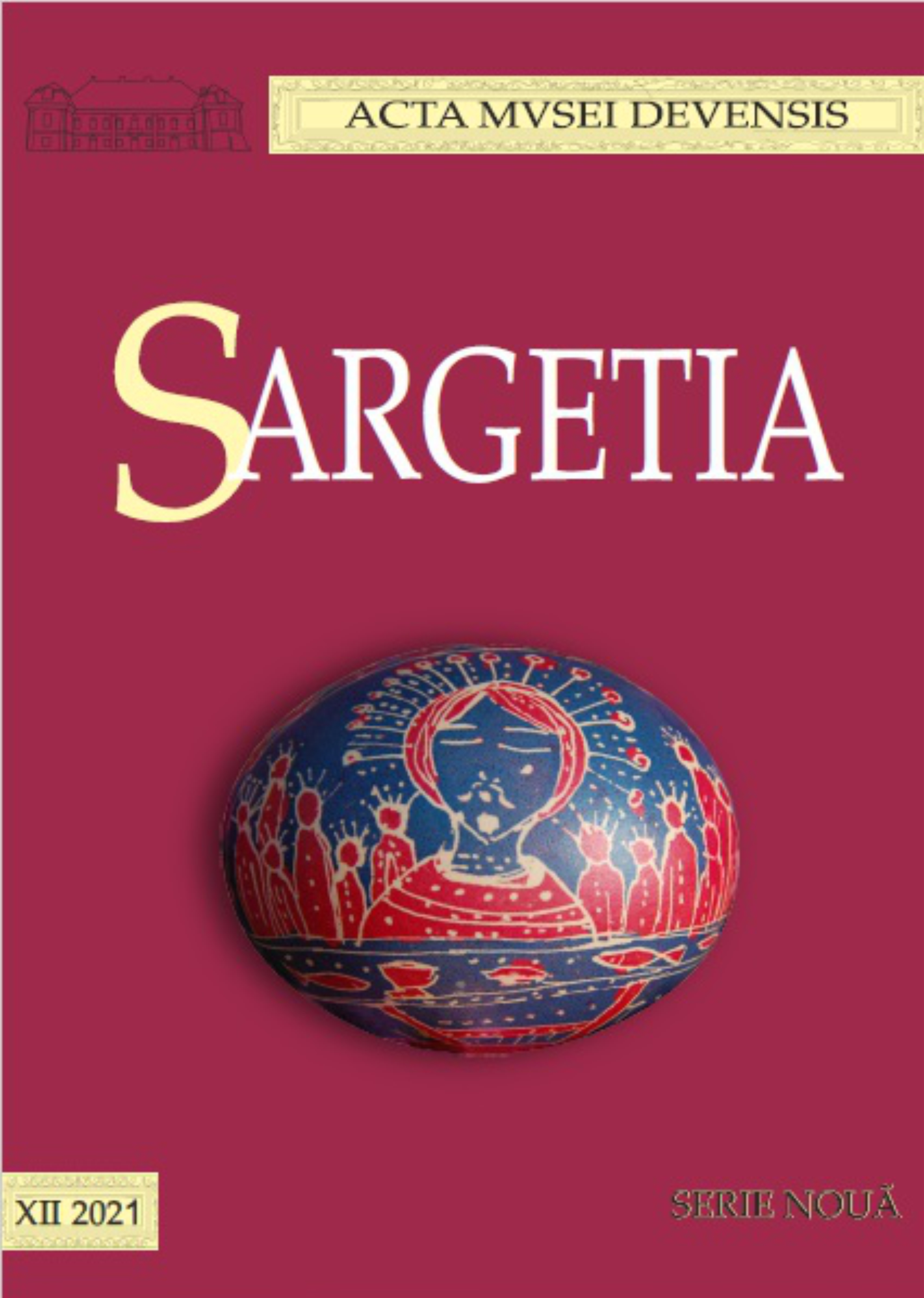Impactul social al tuberculozei în Banatul interbelic
The Social Impact of Tuberculosis on Banat Region in the Interwar Period
Author(s): Minodora DamianSubject(s): History, Recent History (1900 till today), Interwar Period (1920 - 1939)
Published by: Editura Altip
Keywords: tuberculosis; Banat region; inter-war time;
Summary/Abstract: Precarious hygiene and lack of sanitary education – the last one a lacunar presence in the large population, led to an alarming incidence of the contagious diseases and made them a sanitary epidemic question with a real social impact in the Banat region during the inter-war period.Tuberculosis is a disease triggered by the bacterium called Mycobacterium tuberculosis, being considered one of the oldest diseases, as evidenced by the existence of the bacterium in a bison fossil, 17,000 years old. A lot of factors stand for spreading tuberculosis: the human habitats agglomeration, incapacity of heating dwellings during the winter time, physical overworking and more than this, the low qualitative and quantitative nutrition. Appearing due to an almost non-existent hygiene and the lack of medical education, inoculated lacunarly among the masses, Ftizia, has become one of the main objectives in the interwar health environment.As an essential element within a solid civilization, health needed financial efforts in infrastructure and human resources, especially in the countryside. But the penury of locations to isolate patients, persisting insalubrity in certain social milieus and lack of a deep sanitary education were the main factors that contributed to failing the fight against these lethal maladies.
Journal: Sargetia. Acta Musei Devensis
- Issue Year: 2021
- Issue No: 12
- Page Range: 181-200
- Page Count: 20
- Language: Romanian

